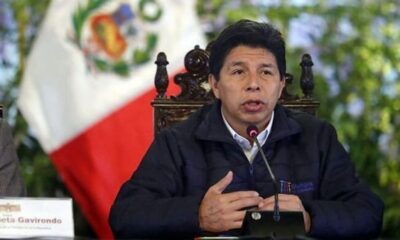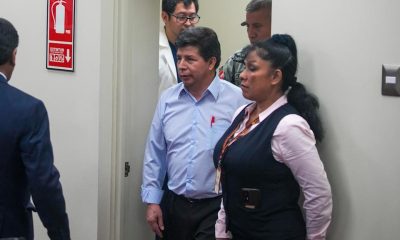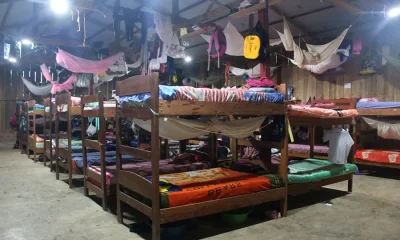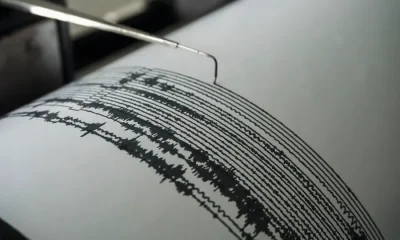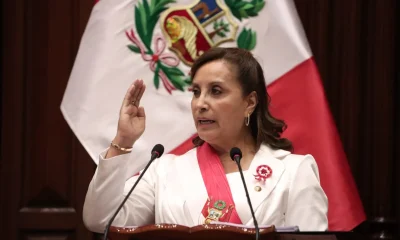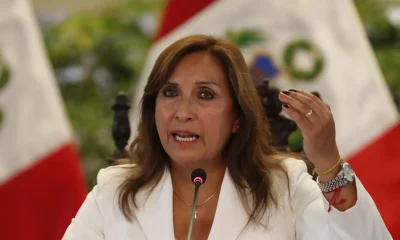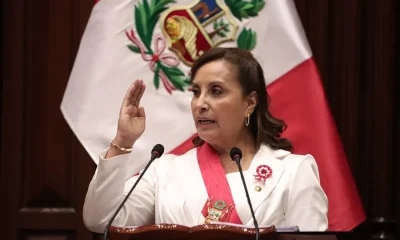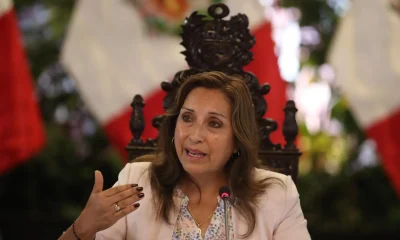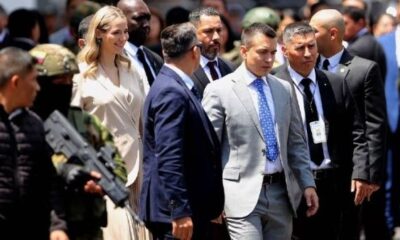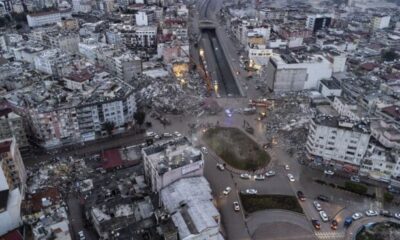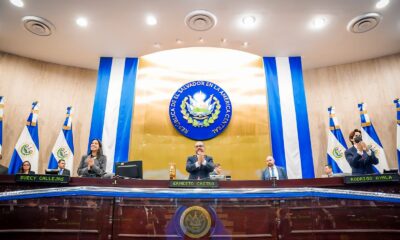International
Peru braces for new rally in Lima despite state of emergency
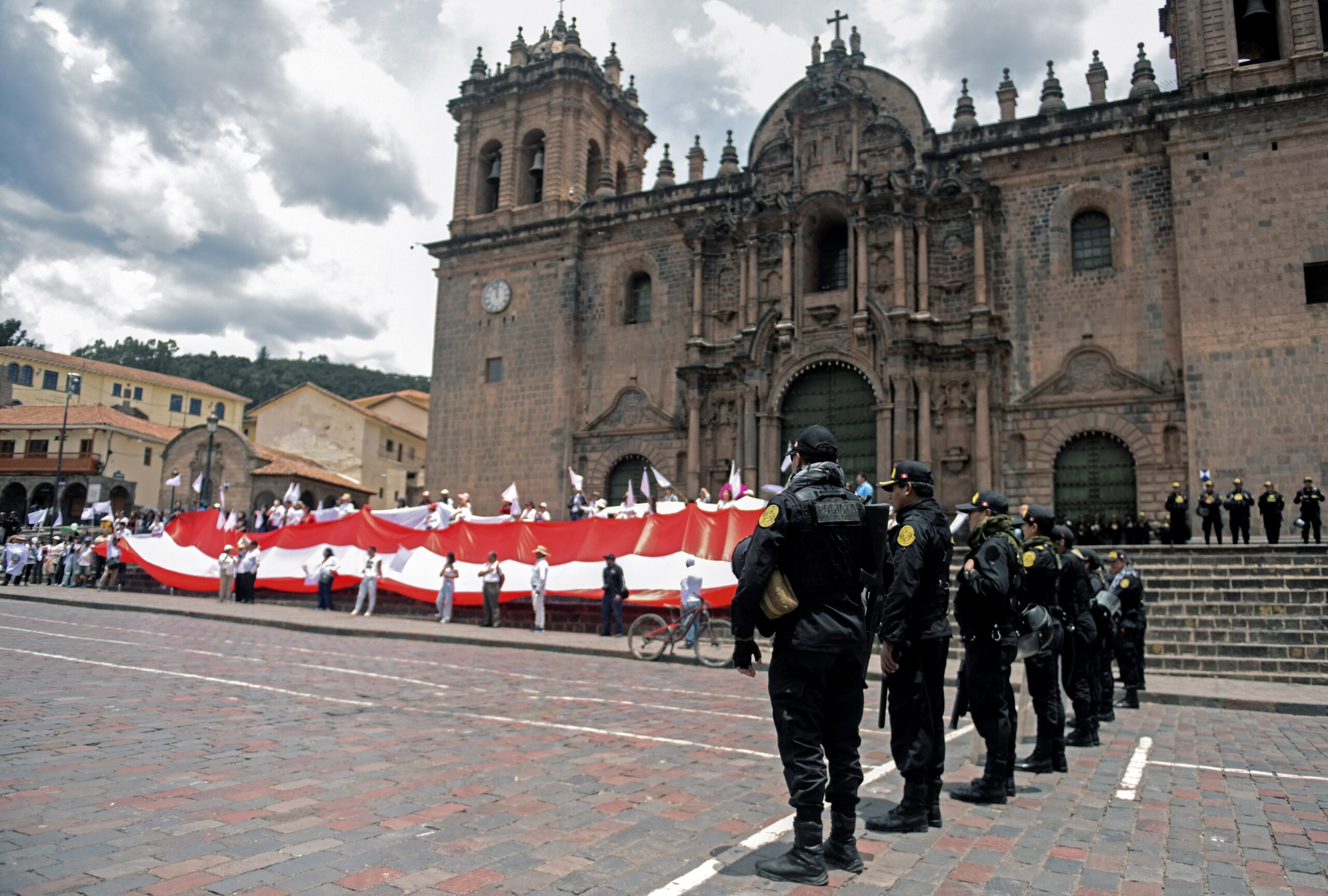
January 16 | By AFP |
Lima was bracing for a new rally against President Dina Boluarte on Monday as thousands of demonstrators began mobilizing in Peru’s capital following weeks of deadly unrest.
Protesters from all over the country began heading to Lima over the weekend in a bid to maintain the pressure on authorities.
At least 42 people have died, according to Peru’s human rights ombudsman, in five weeks of clashes between protesters and security forces.
Supporters of ousted president Pedro Castillo — who was arrested and charged with rebellion amongst other offenses after trying last month to dissolve parliament and rule by decree — have set up burning roadblocks, attempted to storm airports and staged mass rallies.
They are demanding Boluarte’s resignation, the closure of Congress and fresh elections.
“We’ve decided to go to Lima,” Julio Vilca, a protest leader from the southern Ilave province, told AFP, with protesters set to defy a state of emergency in the capital.
On Sunday some 3,000 protesters in Andahuaylas in southeastern Peru began boarding trucks and buses bound for the demonstration in Lima, RPP radio reported.
The government extended by 30 days a state of emergency from midnight Saturday for Lima, Cusco, Callao and Puno, authorizing the military to back up police actions to restore public order.
The state of emergency also suspended constitutional rights such as freedom of movement and assembly, according to a decree published in the official gazette.
In protest epicenter Puno, the government declared a new night-time curfew for 10 days, from 8:00 pm to 4:00 am.
Dozens of demonstrators arrived in Lima’s Miraflores district late Saturday as part of a mobilization for what they called a “takeover of the city.”
Almost 100 stretches of road remained blockaded Sunday in 10 of Peru’s 25 regions — a record, according to a senior land transport official.
Castillo, a former rural school teacher and union leader, faced vehement opposition from Congress during his 18 months in office and is the subject of numerous criminal investigations into allegations of widespread graft.
His ouster sparked immediate nationwide protests, mainly among the rural poor, that petered out over the holiday period but resumed on January 4.
‘Terrible cruelties’
In the run-up to Monday’s demonstrations, attitudes among both protesters and government officials appeared to harden.
“We ask that Dina Boluarte resign as president and that Congress be shut down. We don’t want any more deaths,” Jasmin Reinoso, a 25-year-old nurse from Ayacucho, told AFP.
Prime Minister Alberto Otarola called for protesters to “radically change” their tactics and opt for dialogue.
“There is a small group organized and paid for by drug trafficking and illegal mining that wants to take power by force,” Otarola said on local television.
An Ipsos poll published Sunday said Boluarte had a 71 percent disapproval rating.
The unrest has been largely concentrated in the southern Andes, where Quechua and Aymara communities live.
The Inter-American Commission on Human Rights has said that in order to end the crisis, these groups need to be better integrated into Peruvian society.
Jose Muro, deputy minister of territorial governance, told TV Peru Sunday the government would create “spaces for dialogue” countrywide to discuss unanswered social demands.
Radical groups?
Peru has been politically unstable for years, with 60-year-old Boluarte the country’s sixth president in five years.
Castillo has been remanded in custody for 18 months, charged with rebellion and other crimes.
The authorities insist radical groups are behind the protests, including remnants of the Shining Path communist guerrilla group.
As proof, they have presented the capture this week of a former member of that organization, Rocio Leandro, whom the police accuse of having financed some of the unrest.
International
U.S. strike in Caribbean kills three suspected drug traffickers
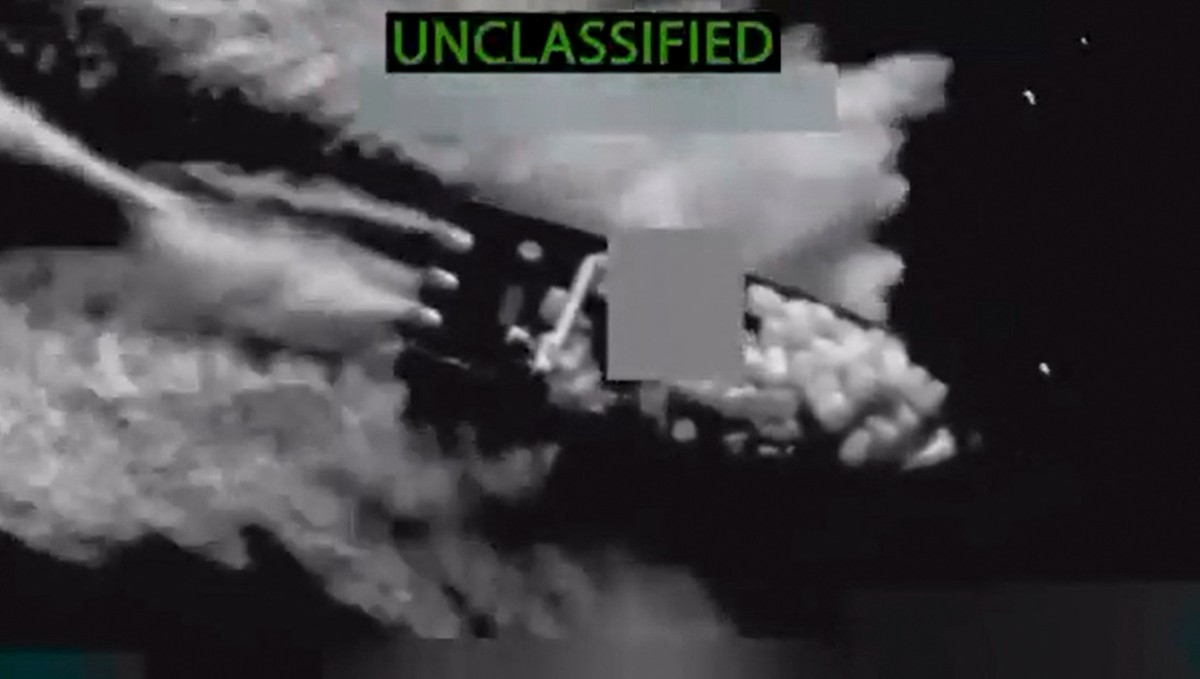
A U.S. strike on a suspected drug-smuggling vessel in the Caribbean killed three people on Saturday, according to Pentagon Chief Pete Hegseth, marking the latest in a series of attacks in international waters.
The United States has deployed ships to the Caribbean and sent fighter jets to Puerto Rico as part of a large military force that Washington says is aimed at curbing drug trafficking.
“This vessel, like all the others, was known to our intelligence for being involved in illicit narcotics smuggling,” Hegseth stated on X. “Three narcoterrorists were aboard the vessel during the attack, which took place in international waters,” he added.
Experts argue that the attacks, which began in early September, amount to extrajudicial executions, even if the targets are known traffickers.
Washington has yet to publicly provide evidence that the targeted individuals were actively smuggling drugs or posed a threat to the United States.
Hegseth said the U.S. would continue “hunting… and killing” suspected traffickers. He also shared video footage of the strike, showing the vessel being hit and engulfed in flames. As in previous videos, sections of the ship were blurred, making it impossible to verify the number of people on board.
The United Nations called on Friday for Washington to halt its attacks.
International
At least 23 killed in Sonora supermarket blast, including minors
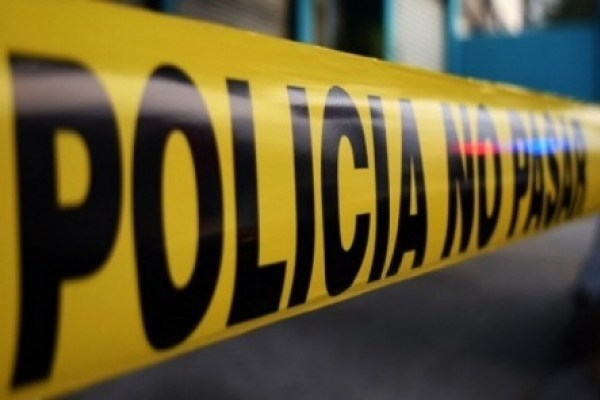
At least 23 people were killed and 11 others injured in an explosion at a supermarket in Hermosillo, in the northern Mexican state of Sonora, local authorities reported on Saturday.
“So far, there are 23 confirmed deaths and 11 injured, including minors,” said Sonora Governor Alfonso Durazo in a video message. He added that the injured are receiving treatment in various hospitals across the city.
“I have ordered a thorough and transparent investigation to determine the causes of the incident and assign responsibility where appropriate,” Durazo said.
The explosion occurred at a Waldo’s store in downtown Hermosillo. Local authorities confirmed that the incident was not an attack nor related to any violent act against civilians.
Meanwhile, Mexico City Mayor Claudia Sheinbaum expressed her condolences on X, offering sympathy to the families and loved ones of those who lost their lives.
International
Floods in Central Vietnam leave 28 dead, thousands displaced
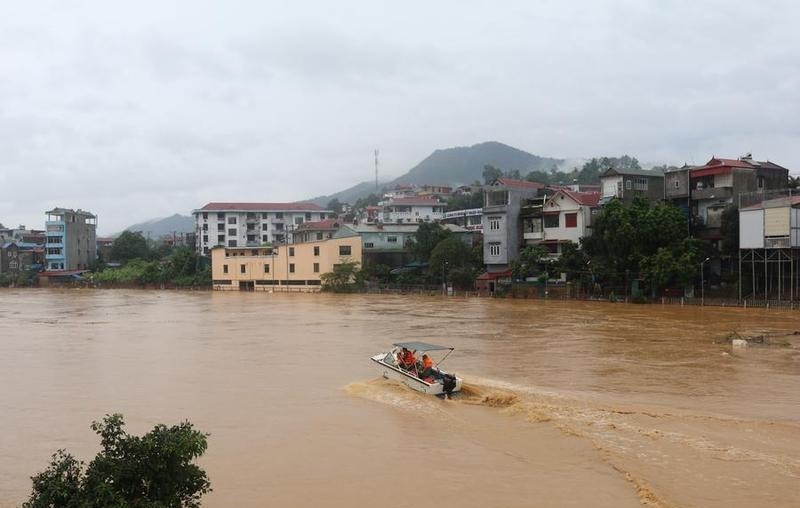
The death toll from heavy rains and flooding in central Vietnam has risen to 28, with six people reported missing and 43 injured, local newspaper VnExpress reported Friday night.
More than 22,100 homes remain flooded, primarily in the cities of Hue and Da Nang. Floods and landslides have destroyed or swept away 91 houses and damaged another 181, the report added.
Around 245,000 households are still without electricity, particularly in Da Nang, where over 225,000 homes are affected.
Additionally, 80 stretches of national highways are blocked or disrupted due to landslides. Authorities expect the flooding to continue for another day or two in the region.
-
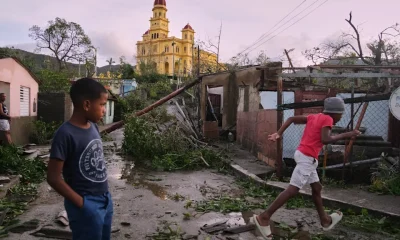
 International3 days ago
International3 days agoHurricane Melissa kills over 30, leaves thousands displaced in the Caribbean
-
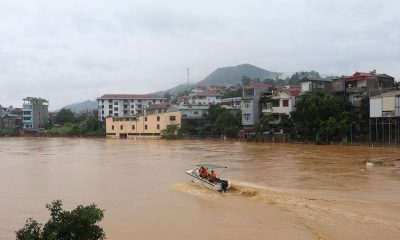
 International2 days ago
International2 days agoFloods in Central Vietnam leave 28 dead, thousands displaced
-
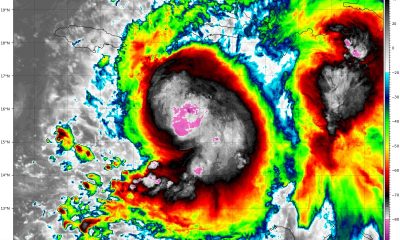
 International5 days ago
International5 days agoMelissa leaves path of destruction in Caribbean, 735,000 evacuated in Cuba
-
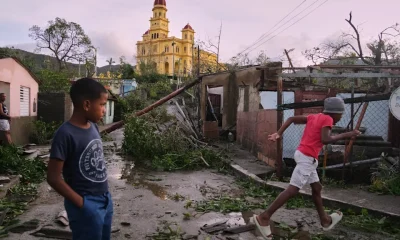
 International4 days ago
International4 days agoHurricane Melissa leaves Jamaican residents homeless as recovery efforts begin
-

 International3 days ago
International3 days agoU.S. considering airstrikes on military sites in Venezuela, reports say
-

 International5 days ago
International5 days agoArgentina’s Milei opens dialogue with parties to push “Second-Generation Reforms”
-
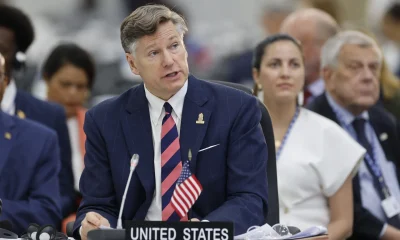
 International4 days ago
International4 days agoUS Deputy Secretary criticizes Mexico’s call to end Cuba trade embargo at UN
-
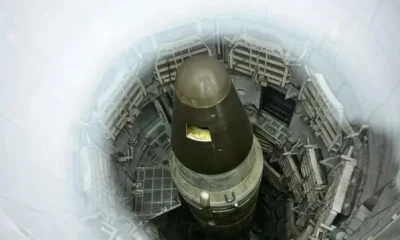
 International4 days ago
International4 days agoTrump orders immediate U.S. nuclear testing, ending 30-year moratorium
-
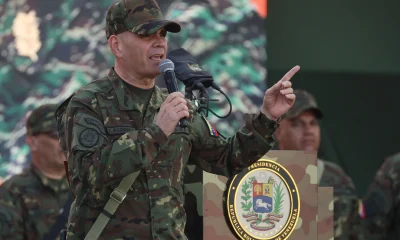
 International4 days ago
International4 days agoVenezuela warns citizens who call for invasion risk losing nationality
-

 International3 days ago
International3 days agoTrump sets historic low refugee cap at 7,500, prioritizes white South Africans
-
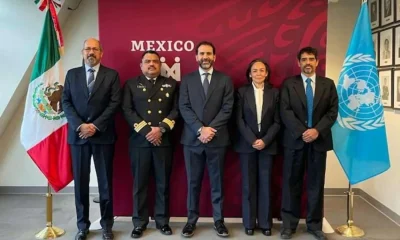
 International4 days ago
International4 days agoMexico advances continental shelf claims at UN Commission in New York
-
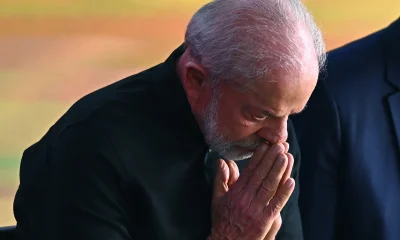
 International4 days ago
International4 days agoBrazilian president defends coordinated anti-drug operations after deadly Rio raid
-

 International3 days ago
International3 days agoUNICEF: Over 700,000 children affected by Hurricane Melissa in the Caribbean
-
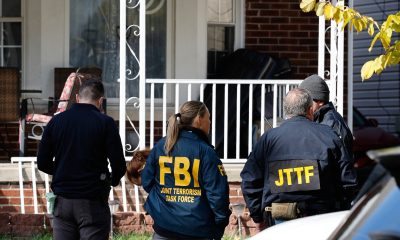
 International2 days ago
International2 days agoFBI foils ISIS-Inspired attack in Michigan, arrests five teens
-

 International13 hours ago
International13 hours agoAt least 23 killed in Sonora supermarket blast, including minors
-
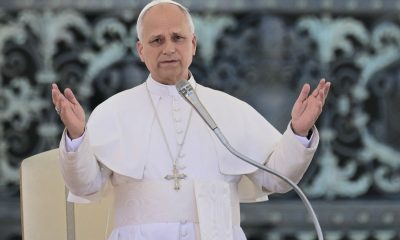
 International3 days ago
International3 days agoPope Leo XIV revives Global Compact on Education to confront cultural crisis
-
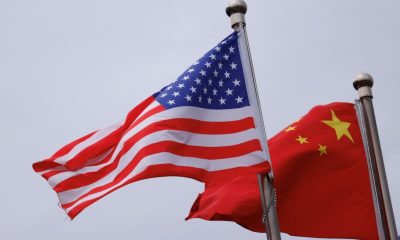
 International3 days ago
International3 days agoU.S. warns China over Taiwan during high-level defense talks in Kuala Lumpur
-
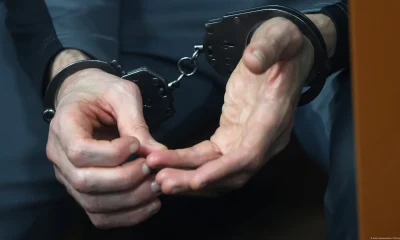
 International4 days ago
International4 days agoSimeón Pérez Marroquín, ‘El Viejo,’ detained for role in Miguel Uribe Turbay assassination plot
-

 International13 hours ago
International13 hours agoU.S. strike in Caribbean kills three suspected drug traffickers





























